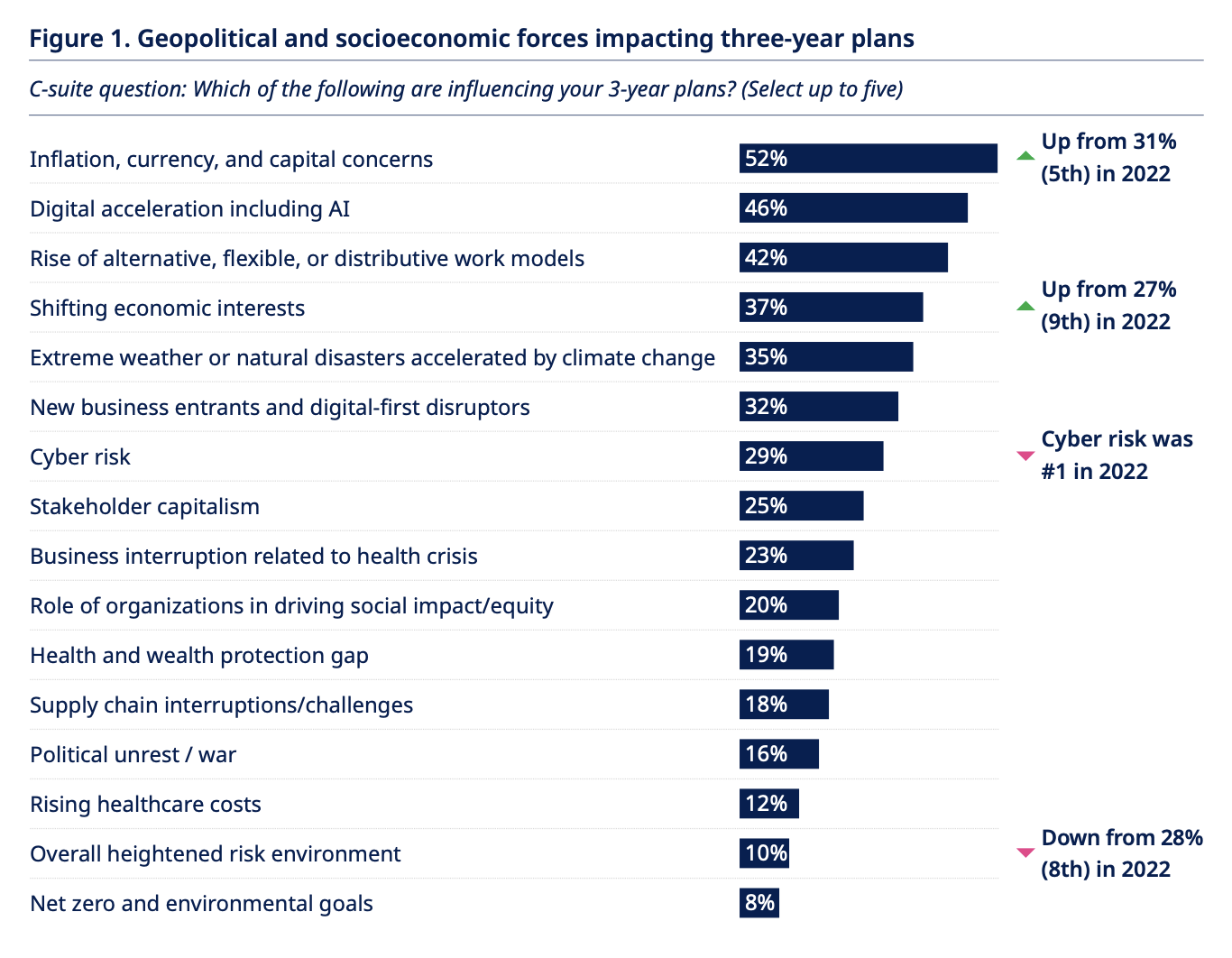Future Work … How do you future proof your business for a world where work is no longer defined by jobs, the workplace is not a specific location, many workers are not employed, and HR is no longer a function?
September 13, 2024

It’s time to reinvent the rules, operating paradigms, and business mindsets of the past. Prioritising human performance can help organisations make the leap to the future, to embrace the opportunities of change, and shape a better future for their organisations and themselves.
We live in a world where business is no longer defined by sectors or geographies, organisations are not limited by physical resource or existing capability, and performance is not about financial results alone. Work is no longer defined by jobs, the workplace is no longer defined by location, many workers are not conventional employees, and HR is no longer a defined function. These old boundaries have become constraints, and acknowledged as irrelevant,
Business leaders, from board members to team coordinators, are the driving force of not just a change in practice, but also attitudes and behaviours that can imagine new possibilities, and deliver practical realities.
- Global Human Capital Trends 2024 by Deloitte
- Workforce 2.0: Unlocking Human Potential by Mercer
- A New Future of Work by McKinsey
- The Human Capital Era by Forbes
According to the excellent Workforce 2.0 report, based on research with 12,000 global C-level executives, the rise of new work models is almost as significant to the future of organisations as digital tech and AI, and more important that shifting economies, and climate change:

So what are some of the big themes and emerging trends in human capital, and how it drives both public and private organisations forwards?
- Future Ready: Does your organisation have the mindset, talent, capabilities to envision a better future, and to deliver the transformational projects and practices to make that happen?
- Thriving Beyond Boundaries: Organisations are moving beyond traditional boundaries, both physical and organizational, to create more flexible and inclusive work environments. Example: NEOM in Saudi Arabia is developing a cognitive city that aims to be sustainable and hyper-connected.
- From Function to Discipline: HR is evolving from a siloed function to a boundaryless discipline that integrates with the people, businesses, and communities it serves. Example: Deloitte is focusing on human performance and creating value for all people connected to the organization.
- Reskilling Revolution: Upskilling and reskilling the workforce to meet the demands of a rapidly changing job market. Example: Amazon has invested heavily in training programs to help employees transition to new roles within the company.
- The Great Reevaluation: Redefining the employee value proposition to attract and retain top talent. Example: Google offers a range of benefits and perks, including flexible work arrangements and wellness programs, to keep employees engaged and satisfied.
- The Algorithmic Advantage: Leveraging technology, such as AI and data analytics, to enhance workforce management and decision-making. Example: IBM uses AI-driven tools to help HR professionals make data-informed decisions about talent acquisition and management.
- Microcultures: Enabling a “culture of cultures” tailored to the needs of local teams while aligning with organization-wide values. Example: Microsoft supports diverse teams and encourages local cultural practices within its global offices.
- Play and Experimentation: Creating digital playgrounds where employees can experiment and innovate in a safe space. Example: IDEO encourages employees to engage in creative workshops and brainstorming sessions to foster innovation.
- Human Sustainability: Prioritizing human sustainability by creating value for employees and ensuring their well-being. Example: Patagonia focuses on sustainability and employee well-being, offering programs like on-site childcare and environmental initiatives.
- Platforms of Talent: Instead of thinking of organisations as platforms for development and delivery of products and services, ecosystems connecting with suppliers and customers, think of them as platforms that bring together unique, diverse and unlimited talent. How can that deliver more?
And we know what this demands in terms of people. To thrive in the future, businesses will need to adopt new mindsets, develop key capabilities, and nurture specific talents:
Mindsets
- Growth Mindset: Embracing challenges, learning from failures, and persisting in the face of obstacles.
- Customer-Centric Mindset: Prioritizing customer needs and experiences in all business decisions.
- Sustainability Mindset: Integrating sustainable practices into business operations to ensure long-term success.
- Innovation Mindset: Encouraging creativity and experimentation to drive continuous improvement and new solutions.
Capabilities
- Digital Literacy: Proficiency in using digital tools and platforms to enhance business processes and decision-making.
- Agility: The ability to quickly adapt to changing market conditions and customer demands.
- Data Analytics: Leveraging data to gain insights, make informed decisions, and predict future trends.
- Collaboration: Working effectively across teams and departments to achieve common goals.
- Cybersecurity: Protecting sensitive information and systems from cyber threats.
Talents
- Critical Thinking: Analyzing information objectively and making reasoned conclusions.
- Emotional Intelligence: Understanding and managing emotions, both one’s own and those of others.
- Leadership: Inspiring and guiding teams to achieve their best performance.
- Communication: Clearly conveying ideas and information to diverse audiences.
- Problem-Solving: Identifying issues and developing effective solutions.
More from the blog